
How To Add Storylines To Your Wooden Jigsaw Puzzle: A Creative Guide
Imagine a wooden jigsaw puzzle where each piece is more than a part of an image; it’s a chapter in a captivating story waiting to

When embarking on the journey of creating a 3D wooden puzzle, the choice of wood plays a critical role not just in the puzzle’s aesthetics but in the overall building experience.
With the right wood, every piece you carve will fit seamlessly, enhancing both the beauty and the satisfaction derived from your craftsmanship.
In this blog, we will explore the top ten woods that are particularly suited for crafting 3D wooden puzzles, focusing on their unique qualities that make them ideal for your next project.
Crafting a 3D wooden puzzle is an art that combines skill, patience, and the right materials. The following woods are celebrated for their quality, workability, and aesthetic appeal, making them the go-to choices for puzzle makers around the globe.
Birch wood’s popularity in puzzle making stems from its smooth texture and consistent light color, which makes it an excellent canvas for detailed work.
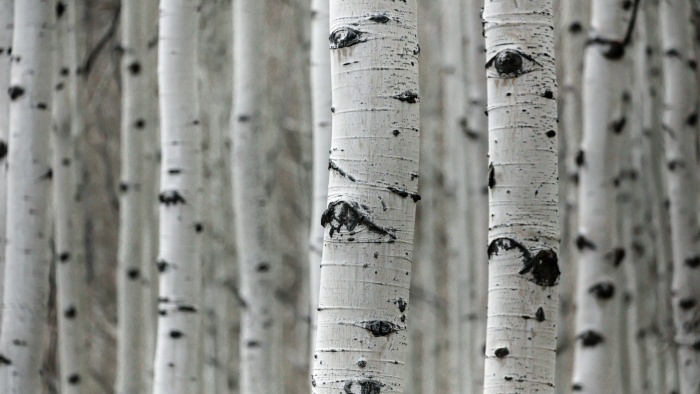
Ideal for beginners and experienced craftsmen alike, birch is soft enough to cut and carve into intricate shapes, yet firm enough to hold those shapes over time.
This balance of properties ensures that each piece of the 3D wooden puzzle fits perfectly with its counterpart, creating a satisfying click into place that puzzle makers and solvers love.
Cherry wood is revered for its fine grain and smooth finish, offering a slightly reddish hue that deepens to a rich patina with age.
This wood’s ability to gracefully mature over time makes it a sought-after material for puzzles intended as heirlooms or decorative pieces.
Working with cherry wood is a delight, as it responds well to tools, allowing for precise cuts without splintering, ensuring that each puzzle piece interlocks flawlessly.
Maple is a hardwood known for its durability and light color, providing a strong foundation for puzzles that are meant to be handled frequently.
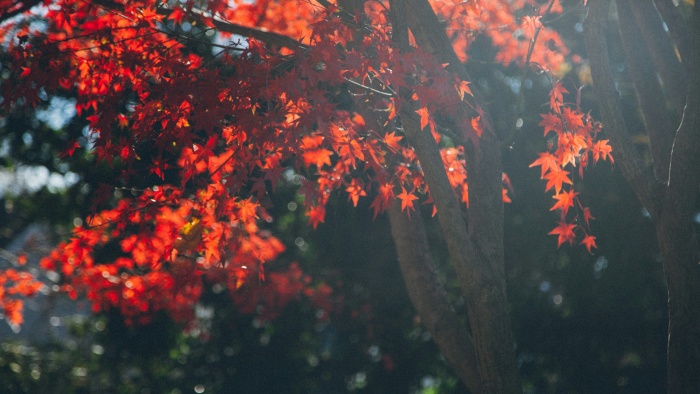
Its tight grain allows for precise, clean cuts, making it possible to create complex shapes and patterns that fit together seamlessly.
The natural brightness of maple also offers an excellent background for staining or painting, giving puzzle makers the flexibility to customize their 3D wooden puzzles with vibrant colors or subtle hues.
Walnut wood stands out for its dark, rich tones and exceptional strength, making it a premium choice for puzzle makers looking to create something truly special.
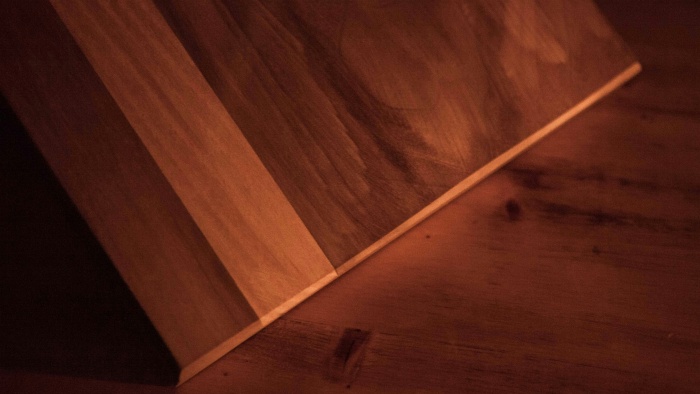
Its grain patterns are uniquely beautiful, offering depth and character to each puzzle piece.
Walnut is not only aesthetically pleasing but also highly durable, capable of withstanding the rigors of puzzle assembly and disassembly without losing its shape or beauty.
Pine is softwood that is incredibly accessible and easy to work with, making it an ideal choice for those new to puzzle-making.
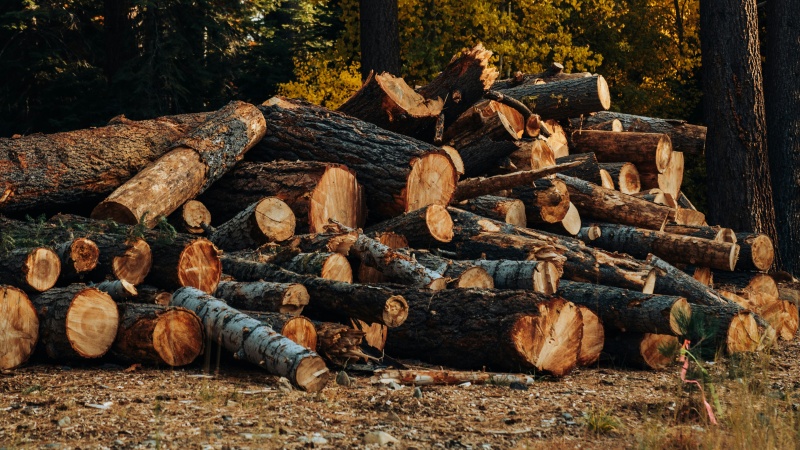
Its soft nature allows for easy cutting and shaping, while its light color and grain provide a rustic charm to finished puzzles.
Pine’s affordability and availability make it a popular choice for experimental projects or those looking to practice their skills before advancing to harder woods.
Oak’s reputation for toughness and durability makes it a favorite for creating puzzles that are designed to last.
Its pronounced grain adds a distinct texture to each piece, enhancing the tactile experience of assembling the puzzle.
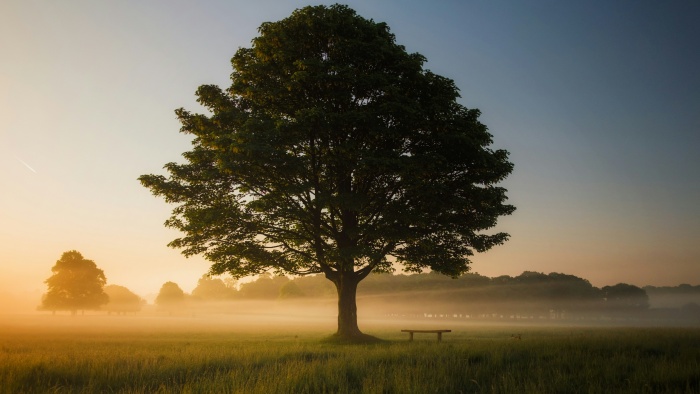
Oak can be a bit more challenging to work with due to its hardness, but the effort pays off in a 3D wooden puzzle that can endure the test of time and become a cherished keepsake.
Mahogany is a tropical hardwood that offers an unmatched combination of beauty and workability.
Its smooth grain and resistance to warping and shrinking make it an excellent material for detailed puzzle pieces that fit together perfectly.
The rich, reddish-brown color of mahogany lends a luxurious feel to any 3D wooden puzzle, making it a popular choice for those looking to create an eye-catching piece.
Teak is known for its outstanding durability and resistance to environmental elements, making it an unusual but practical choice for 3D wooden puzzles that may be displayed or used outdoors.
Its natural oils protect it from moisture, rot, and insects, ensuring that the puzzle remains in excellent condition for years.
The golden-brown color and unique grain pattern of teak add a natural beauty to puzzles that is both rustic and refined.
Poplar wood is a cost-effective alternative for puzzle makers on a budget or those in need of a versatile practice material.
It has a smooth texture and takes paint and stains well, allowing for a wide range of finishing options.
Although poplar is softer and less durable than some other woods, its ease of use and affordability make it an attractive option for those looking to experiment with new designs or techniques.
Rosewood is highly valued for its striking appearance and excellent physical properties. Its rich colors and distinctive grain patterns make each puzzle piece a work of art.
Rosewood is dense and hard, offering superior durability and resistance to wear, which is ideal for puzzles that are frequently assembled and disassembled.
Crafting a 3D wooden puzzle from rosewood is a commitment to quality and beauty, resulting in a piece that is as enjoyable to solve as it is to display.
In the realm of 3D wooden puzzle, the choice of wood can greatly influence the crafting experience and the quality of the final product.
Whether you opt for the soft, forgiving nature of pine or the luxurious allure of rosewood, each wood type brings its own unique characteristics to the table.
As you embark on your next puzzle project, consider not just the aesthetic qualities of the wood but also its workability and how it will contribute to the overall enjoyment and longevity of your 3D wooden puzzle.
Can I mix different types of wood in a single 3D wooden puzzle?
Yes, mixing different types of wood in a single puzzle can add unique contrasts in color, texture, and durability. This technique allows for creative designs and can highlight certain areas of the puzzle or create a layered effect. However, consider the workability and compatibility of the woods to ensure a cohesive final product.
How do I protect my finished 3D wooden puzzle from wear and tear?
To protect your finished puzzle, applying a sealant such as a wood varnish or lacquer is recommended. These products can enhance the wood’s natural beauty while providing a protective layer against dust, moisture, and handling. Choose a product based on the desired finish (matte, satin, glossy) and follow the manufacturer’s instructions for the best results.
What tools are essential for starting puzzle making with hardwoods like walnut or oak?
When working with harder woods, investing in high-quality cutting tools is essential. A fine-toothed saw, sharp chisels, and a sturdy carving knife are crucial for precise cuts and detailing. Additionally, a reliable wood file and sandpaper will help smooth edges and refine connections between puzzle pieces.
Are there any environmentally friendly wood options for puzzle making?
Yes, there are environmentally friendly options, such as woods certified by the Forest Stewardship Council (FSC) or reclaimed wood. These choices ensure that the wood is sourced responsibly or recycled, minimizing the environmental impact. Bamboo, while not a wood, is a sustainable and durable alternative that works well for puzzles.
How can I add color to my 3D wooden puzzle without compromising the wood’s natural texture?
Using wood stains or dyes can add color to your puzzle while allowing the natural grain to show through. These products penetrate the wood, offering a variety of hues without covering the texture. For a more vibrant look, water-based paints are a good option, as they’re less likely to obscure the wood’s natural patterns compared to oil-based paints. Always test your coloring method on a scrap piece of wood to ensure the desired effect.


Imagine a wooden jigsaw puzzle where each piece is more than a part of an image; it’s a chapter in a captivating story waiting to

When choosing the right puzzle box(wooden puzzle boxes or paper one) for your toddler, it’s essential to consider the materials’ properties and how they align
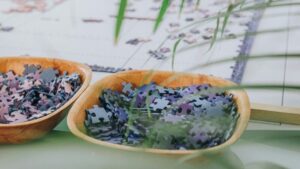
Embark on a journey to unravel the nuanced distinctions between two beloved genres of puzzles: plain wooden puzzles and 3d wooden puzzles. In this comprehensive

Imagine your wooden jigsaw puzzle not just as a piece to be solved but as an interactive journey that engages all your senses. This guide

Imagine a wooden jigsaw puzzle where each piece is more than a part of an image; it’s a chapter in a captivating story waiting to

When choosing the right puzzle box(wooden puzzle boxes or paper one) for your toddler, it’s essential to consider the materials’ properties and how they align

Embark on a journey to unravel the nuanced distinctions between two beloved genres of puzzles: plain wooden puzzles and 3d wooden puzzles. In this comprehensive

Imagine your wooden jigsaw puzzle not just as a piece to be solved but as an interactive journey that engages all your senses. This guide
Copyright © 2024 woodcraft3dpuzzles. All Rights Reserved.